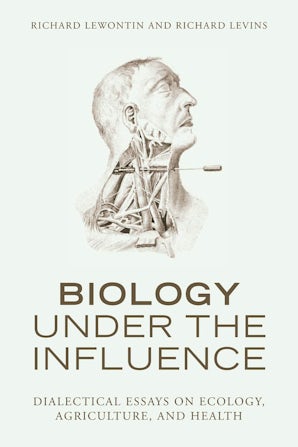Also in this issue
Books by Richard Levins
Biology Under the Influence
by Richard Lewontin and Richard Levins


